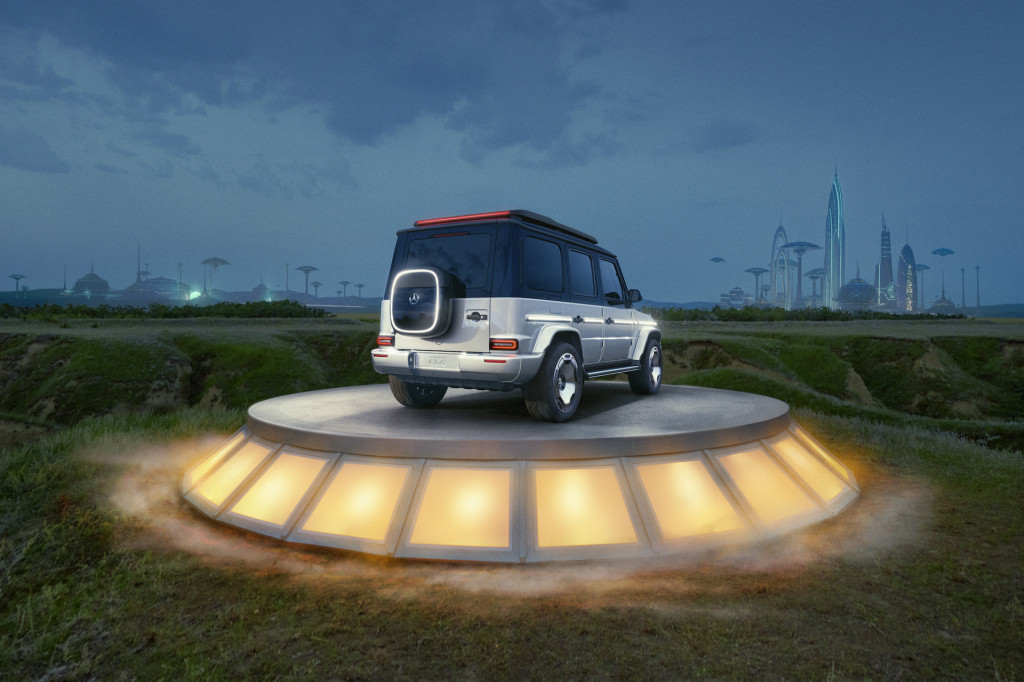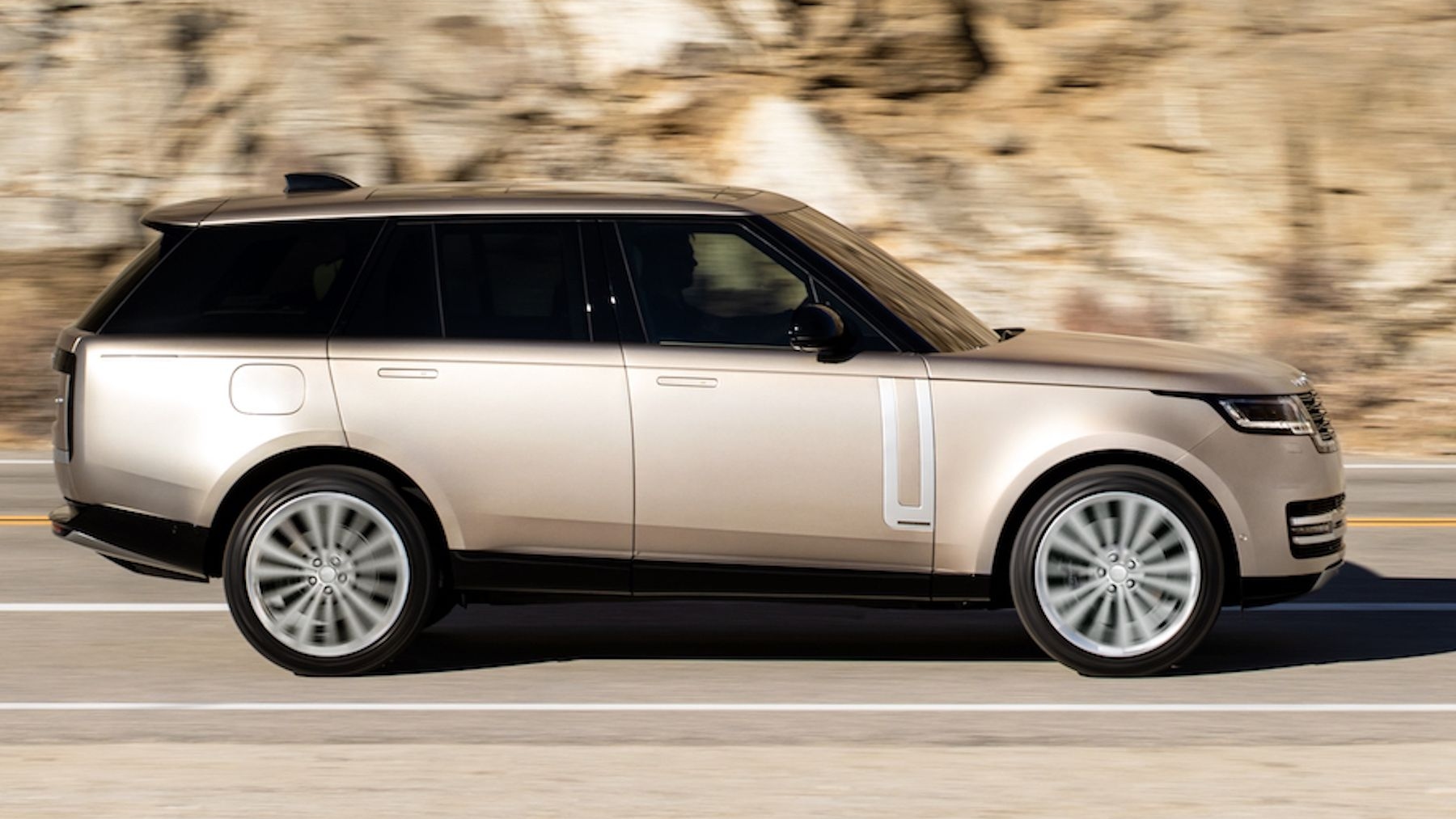Mercedes' electric G-Class will use a new battery chemistry from American firm Sila, the automaker confirmed Tuesday in a press release.
Founded in 2011, Sila has developed a high-silicon anode material the company claims can boost energy density by 20% to 40% over current lithium-ion battery chemistries, to more than 800 wh/l at the cell level.
Increased energy density means more energy can be stored in a given space, allowing for more range without increasing the size of the battery pack.

Mercedes-Benz EQG Concept
Mercedes, which invested in Sila in 2019, plans to begin using the company's cells mid-decade for an extended-range version of the G-Class EV. Cells will be manufactured at a Washington State factory using 100% renewable energy, the companies claim.
Mercedes is the first publicly announced automotive customer for the factory, and plans to expand use of the new cells to other models after their debut in the G-Class.
Scheduled to launch in 2024, the electric G-Class was previewed by last year's EQG Concept. That concept had a ladder frame, similar to the current G-Class, housing the battery modules. Four electric motors—one for each wheel—provided power, while a shiftable 2-speed gearbox handled off-road gear reduction.

Mercedes-Benz EQG Concept
At the time of the concept's unveiling, Mercedes said it planned to test production-intent versions on the 4,741-foot Schöckl Mountain in Graz, Austria, at the end of development to prove the EV's off-road chops. The mountain has a 3.5-mile off-road course with gradients up to 60 degrees.
Meanwhile, an updated version of the current G-Class is expected to arrive soon. We've already seen prototypes of the standard version, AMG G63 performance version, and a high-riding 4x4 Squared version out testing. The revised G-Class is expected to debut later this year as a 2023 model.


